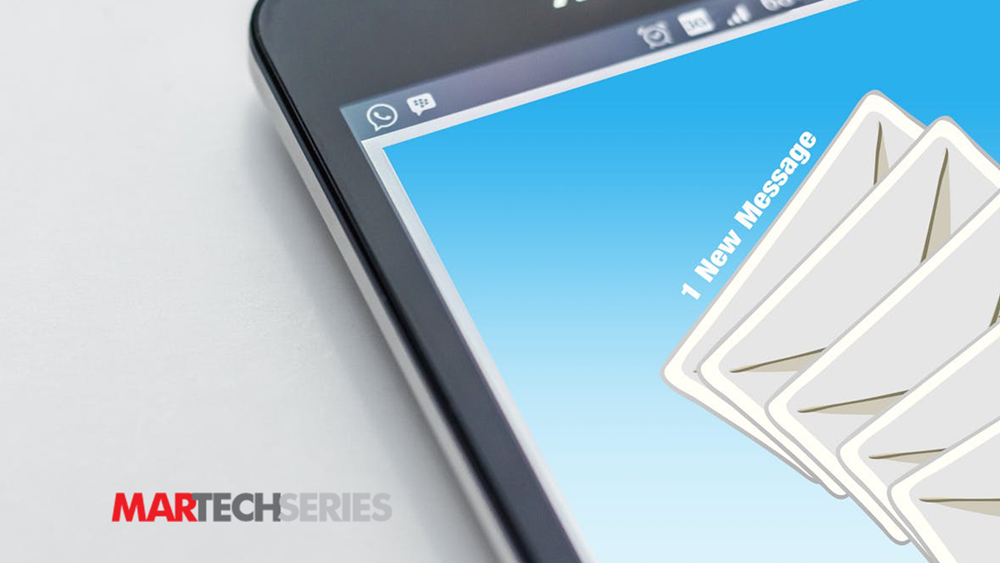“Cold Emails”… Right off the bat the term isn’t very inviting. Throw in the fact that you ate about to send one to a massive company in hopes to strike up a rapport in an attempt to eventually reach a deal and you’ve made a huge undertaking all the more daunting. But in actuality, the differences between sending an email to a small business or a large enterprise aren’t as monumental as you might think. To help put you at ease, here are 5 things you should keep in mind when writing cold enterprise emails.
You’re not Selling to a Company, You’re Selling to a Person
Remember that you’re not speaking to a faceless machine; there is an actual person on the other side of the message. This is often the biggest hurdle to jump when it comes to cold emailing enterprise companies. Because of their size or reputation, people tend to forget that the person reading the emails is an everyman/woman. They respond to things like anyone else would, just because they work in a larger office doesn’t mean you have to change your approach.
Get to the Point
People at large companies get tons of cold emails everyday, spending time introducing yourself when you could be giving them the information they are actually interested in could kill any chance at rapport before you get off the ground.
Make your pitch as non-invasively as possible as quickly as possible. Don’t beat around the bush trying to sell yourself. Let them know what you do and let the product speak for itself.
Read Also: inMotionNow Updates SaaS Product With Review Features for Marketing Emails
Make it Personal
Try and personalize everywhere you can. Tying into the first point, you’re speaking to an actual person. So, find out as much as you can about the business and the person you are emailing directly and tweak your cold email as much as possible. The more it seems like you are invested in them, the more likely they are to become invested in you.
Figure out how the decision-making process works at the business you are looking into and direct your email at the person in charge. Don’t waste time wading around the middle management pool. That isn’t where the decisions are made and in the long run they won’t get you anywhere. Find your target, personalize the email and start that relationship off right.
Which version sounds better?
“Hi there! I’m Insert Name Here and I work for Insert Company Here. With Insert Product Here I can promise exponential revenue growth within months. If you’re interested, why don’t we hop on a call?”
Or,
“ Hi Mike, seeing as you’re the head of sales, I wanted to reach out and let you know about Reply (https://reply.io/). It’s a new platform that makes prospecting and sales a lot more interactive and relatable. You can try a 14 day free trial on our website or Reply back to me with any other questions!”
The second version instantly speaks to the contact directly, addresses a potential need for their role in the company and offers a call to action that requires little to no effort on their part. All complete in a few sentences.
Read Also: FulcrumTech IntelliSents, An Email Analytics Add-On for Real-Time Data Visualization
Focus on the Contact
Keep the focus on them and avoid sounding arrogant. Any information about you should be confined to your painstakingly crafted signature. They don’t know who you are and tooting your own horn upon first contact isn’t going to make them care.
While it is easy to fall into marketing lingo in your outreach, sentences like, “Instantly grow your sales and streamline your workflow” don’t mean anything in a cold email. Demonstrate value without being self-indulgent and you are a step closer to striking a deal.
FOLLOW-UP!
You can craft the perfect email but the fact is, getting an email from an address you don’t recognize can be uncomfortable. Most of the time, people’s first reaction is to quickly hit the delete key and forget it was ever there. It’s just the nature of emails and it is unfortunately unavoidable. This is why following up is so important. The same level of detail should be applied to follow-ups as the initial email, but the most important thing to remember is to keep at it. The majority of responses come well after the first email is sent. Just because you don’t get the response you want, or a response at all, doesn’t mean all is lost. Keeping on top of your conversations and remembering to stay in touch will always be more likely to yield results then throwing out a one and done message.
Cold email, whether it is to a Facebook or a mom and pop shop local business, is about relationships. If you go into it with your resume in hand you’re going to be regarded like someone with an agenda. Instead, put a smile on, make the small talk and let your value shine through naturally.



